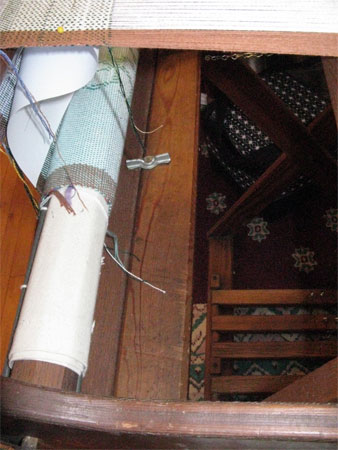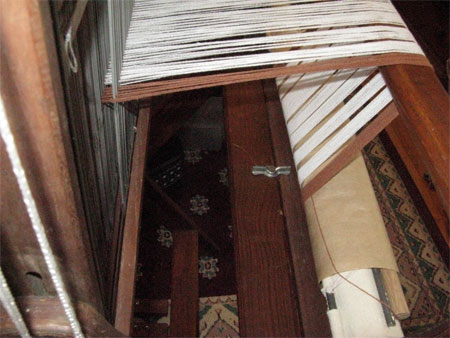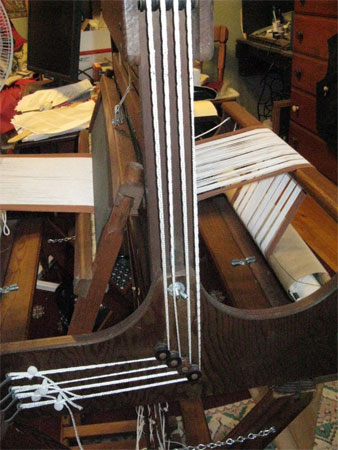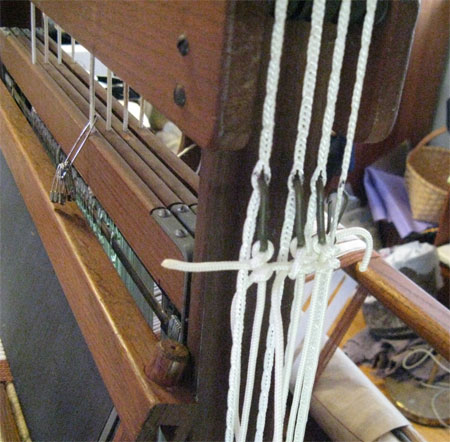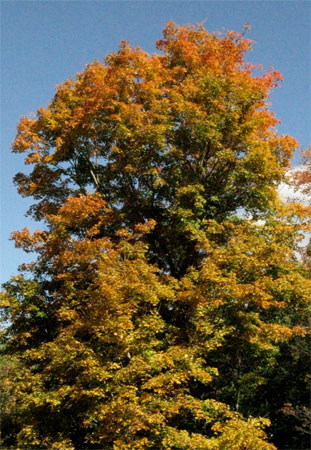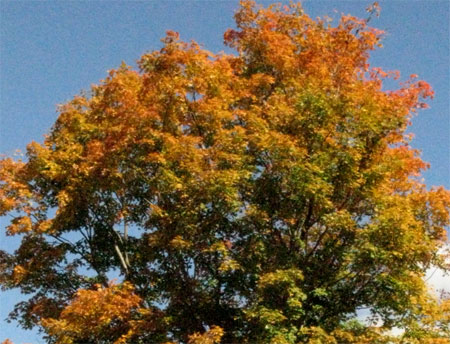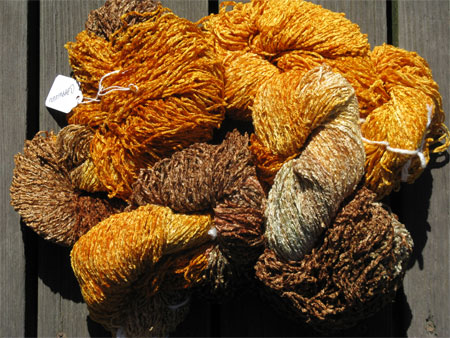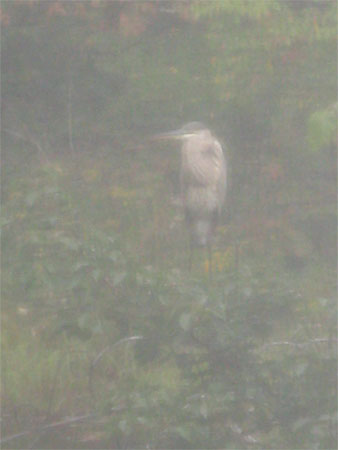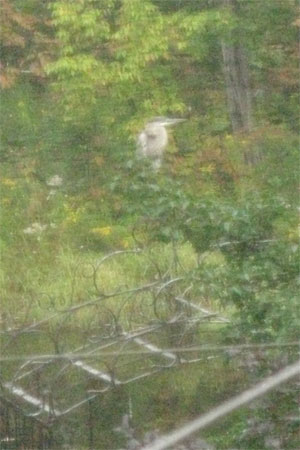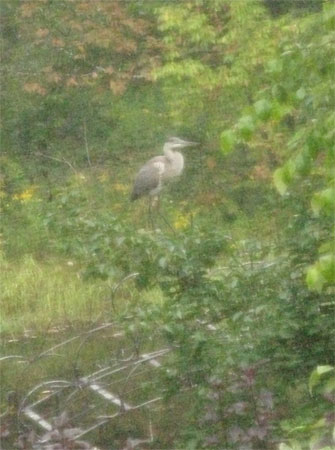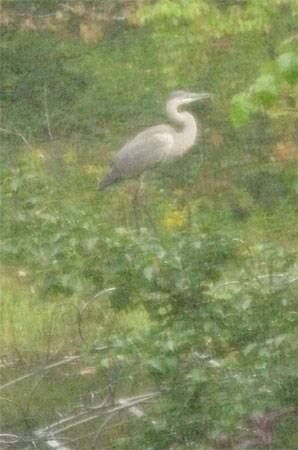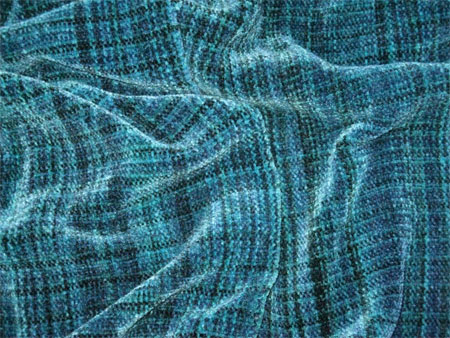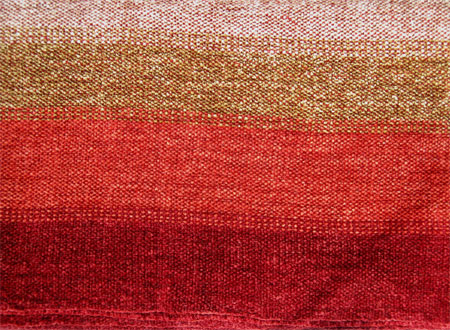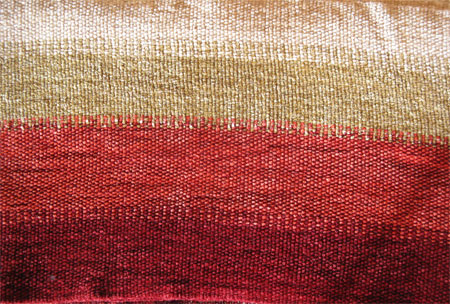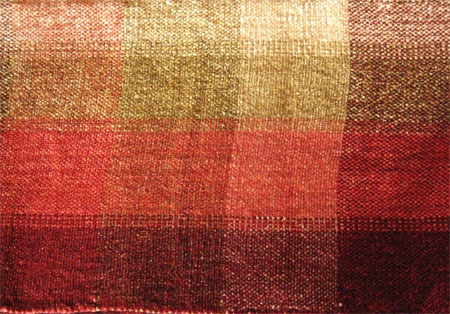Lee has acquired a new Missouri loom, and like me when I got mine, has lots of questions about how to set it up. Also like me, she’s finding that there isn’t a lot of info available on it, so I’m trying to assist with photos. So many weavers have been so generous with their time and knowledge for me, I’m happy to do the same for others. I hope this helps Lee, and possibly others with a Missouri loom.
To use it as a floor loom, first you have to set it on its stand. The loom frame goes on the outside of the stand frame and the ‘butterfly’ nuts hold it in place. Here’s the front and back of the loom on the stand.
Now look at the left side of the loom (with the breast beam facing you) and you’ll see two bolts and washers. My son added the chain on the frame for me to keep it in place while I worked at set up.
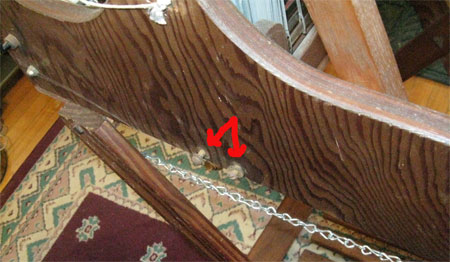
You’ll see two hooks on the end of the bundle of lamms.
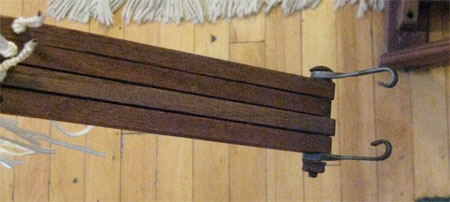
Slip the hooks over the bolts.
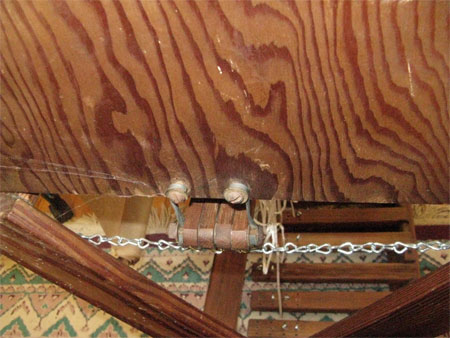
Now you have your set of 4 lamms attached on 1 end of the loom and hanging on the floor underneath it.
Look at the right side of the loom and you’ll see the cords for the hand levers to move the harnesses.
I had to replace all the cords on my loom and after trying a few things, went with Texsolv for them all. This allowed me to have relatively infinite adjustments to all cords and eliminate a tied loop that had been on those side cords.
So now hook the cords from the other end of the lamms (away from the hooks on the bolts) to the vertical cords coming from the harnesses. Here’s a distance view and a closeup.
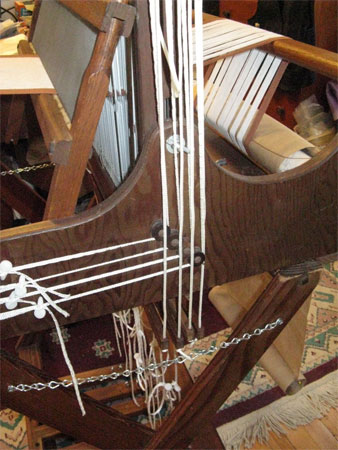
You’ll see that the hooks look old and rusty. They are. I opted to stay with the original hooks since the were clearly strong enough to withstand the strain & tension needed for weaving. I knew I’d have to find a whole different connector if I used new hooks to achieve that same strength.
Once the lamms are hooked to the loom, tie them to the treadles and away you go.
Good luck, Lee! Let me know if I can be of more help.

